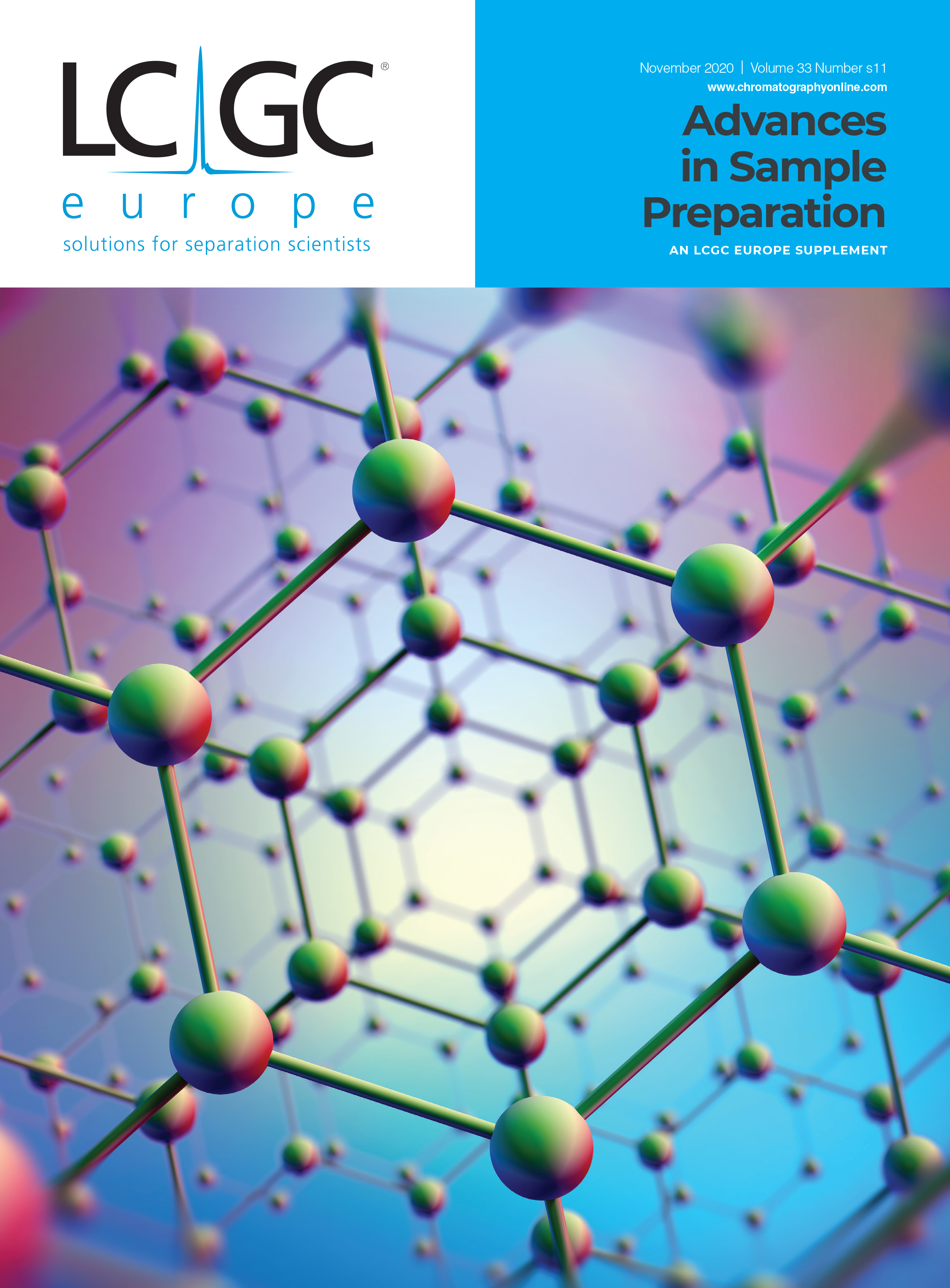From The Guest Editor of Advances in Sample Preparation
Guest editor Jared L. Anderson introduces the LCGC supplement 'Advances in Sample Preparation'.
Sample preparation plays a very important role in chemical analysis, and has become an integral step before chromatographic separations. Depending on the sample matrix and the overall goal of analysis, the sample preparation approach used can range from “dilute and shoot” to more laborious solid-phase extraction methods. With ongoing advances accelerating chromatographic separations, sample preparation methods must exhibit most, if not all, of the following characteristics: They must be capable of achieving rapid and high enrichment or preconcentration of target analytes; they must be tolerant of matrix effects; they must exhibit robustness under conditions commonly encountered during sampling and analysis steps; and they must demonstrate compatibility with downstream chromatographic and mass spectrometry methods. The field of sample preparation is undergoing revolutionary change, largely governed by the need for miniaturization while maintaining high selectivity and high analyte enrichment. This change has catalysed the development of new sorbent materials, as well as the design of creative geometries that possess high surface areas and facilitate rapid diffusion of analytes from a variety of samples. This supplement highlights three cutting-edge applications that illustrate some of the important advances in sample preparation.

Jared L. Anderson is a professor of chemistry at Iowa State University in Ames, Iowa, USA. Direct correspondence to: andersoj@iastate.edu

Fundamentals of Benchtop GC–MS Data Analysis and Terminology
April 5th 2025In this installment, we will review the fundamental terminology and data analysis principles in benchtop GC–MS. We will compare the three modes of analysis—full scan, extracted ion chromatograms, and selected ion monitoring—and see how each is used for quantitative and quantitative analysis.
Characterizing Plant Polysaccharides Using Size-Exclusion Chromatography
April 4th 2025With green chemistry becoming more standardized, Leena Pitkänen of Aalto University analyzed how useful size-exclusion chromatography (SEC) and asymmetric flow field-flow fractionation (AF4) could be in characterizing plant polysaccharides.
This information is supplementary to the article “Accelerating Monoclonal Antibody Quality Control: The Role of LC–MS in Upstream Bioprocessing”, which was published in the May 2025 issue of Current Trends in Mass Spectrometry.








